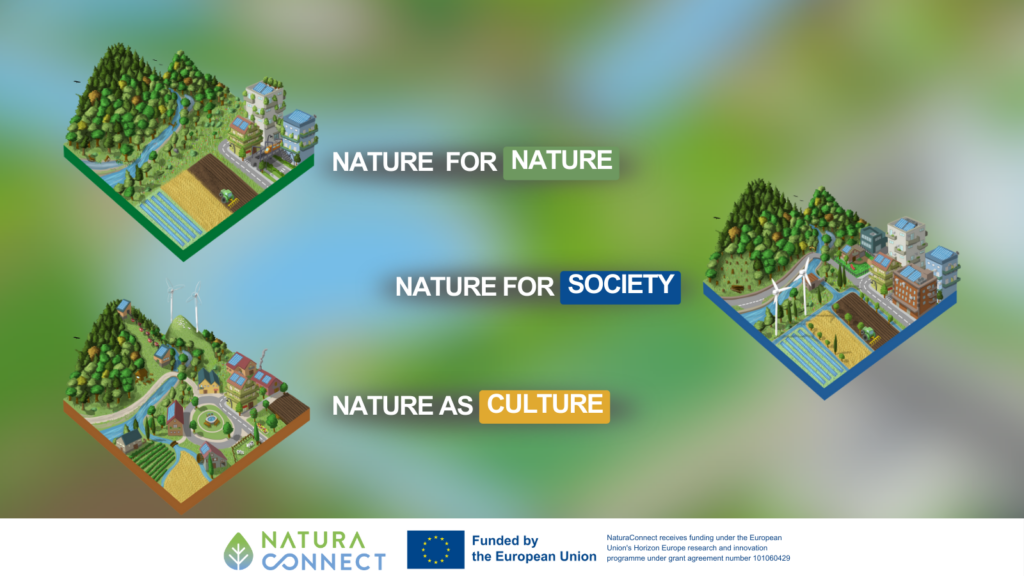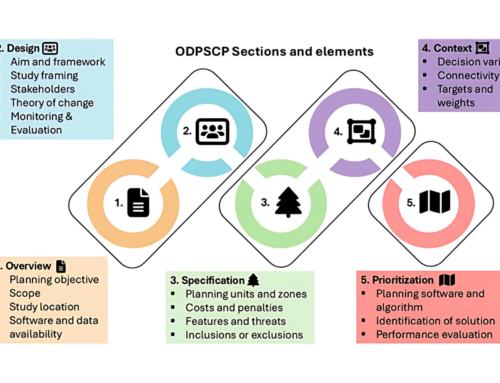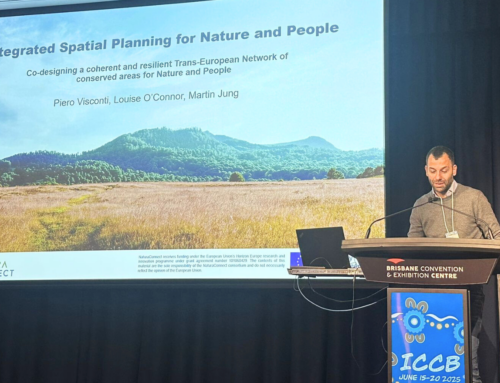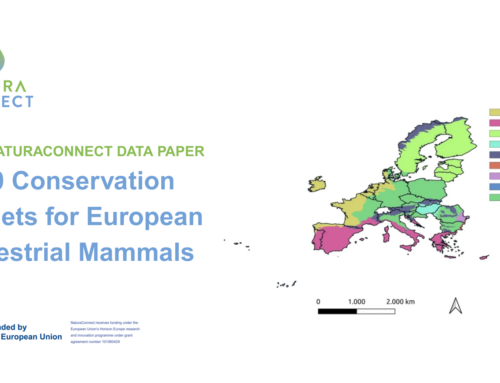An international research team is pioneering a bold approach to European conservation, integrating biodiversity as a solution to environmental challenges. It explores three value perspectives – Nature for Nature, Nature for Society, and Nature as Culture – to shape positive future scenarios.
The first set of storylines on the future of nature conservation in Europe has been developed and published in the journal Environmental Management. The storylines explore how nature might be protected and restored, considering EU Biodiversity Strategy goals and potential socio-ecological development pathways, and help to build models of positive scenarios for nature, which can be crucial in steering policy decisions aimed at restoring nature.
The study was coordinated by the Global Mammal Assessment lab at the Department of Biology and Biotechnologies “Charles Darwin”, Sapienza University of Rome, Italy, as part of the IIASA-coordinated research project NaturaConnect, which aims to support the planning and implementation of EU targets for biodiversity conservation and restoration.
The study uses a heuristic approach called the Nature Future Framework (NFF) to develop positive scenarios focused on the connection between nature and people. In this context, biodiversity is a key element in addressing environmental challenges across different spatial and temporal scales, explicitly considering a range of values for nature, that the NFF describes.
The NFF encompasses three value perspectives:
- Nature for Nature (NfN),
- Nature for Society (NfS), and
- Nature as Culture (NaC), each representing different preferences for nature:

A team of researchers developed the above first set of European positive narratives for nature conservation through consultation with experts in the field. The team analyzed differences and similarities across the three NFF perspectives, focusing on six topics:
- Nature Protection and Restoration;
- Forest Ecosystems;
- Freshwater Ecosystems;
- Urban Systems;
- Agriculture, and
- Energy.
The results consist of three narratives that emphasize the intrinsic value of nature (NfN), the maximization of instrumental values and services (NfS), and the relational values between nature and people (NaC). While contrasting perspectives and priorities were highlighted, the study also presents solutions that can be beneficial for both biodiversity conservation and the instrumental and cultural benefits that nature offers to people (NCP – Nature’s Contributions to People). Across the narratives, special attention was paid to the topic of Nature Protection and Restoration. As emerged in NfN, which focuses on strict nature conservation, “how much land is set aside exclusively for nature conservation was the key aspect for differentiating the three NFF perspectives,” explains Alessandra D’Alessio from Sapienza, one of the lead authors of the manuscript. Additionally, “depending on the desired Nature Future, the efforts to restore ecosystems may be aimed to nature protection, increased supply of utilitarian NCP, or preservation of nature cultural values,” clarifies Claudia Fornarini from Sapienza, the other lead author of the research.
The development of these narratives represents a step towards revising the widely used set of Shared Socioeconomic Pathways (SSPs) scenarios, with nature playing a central role alongside current socioeconomic considerations.
“By exploring the relationships between land use and nature conservation, our scenarios provide explicit support to decision makers in achieving the global biodiversity strategy and the EU conservation goals for 2030,” remarks Carlo Rondinini, senior author of the study and Professor of Zoology at Sapienza University.
Piero Visconti, Research Group Leader of the IIASA Biodiversity, Ecology and Conservation Group and a coauthor of the study, notes “these narratives are meant to be used by scientists and practitioners to align sector specific or location-specific land-use and biodiversity scenarios, visioning studies and sectorial strategies, to systematically design EU-wide narrative of positive change”.
This alignment will allow for a broader exploration of transformative changes in the use, conservation, and restoration of natural resources, and will help illustrate how diverse opportunity spaces can shape sustainable futures. By presenting these narratives, the authors aim to open discussions on anticipatory governance and encourage a more inclusive and pluralistic approach to fully realize the goals of the EU Biodiversity Strategy for 2030.
*Adapted from a press release by Sapienza University of Rome, Italy.
Reference:
D’Alessio, A., Fornarini, C., Fernandez, N., Namasivayam, A.S., Visconti, P., Dertien, J., Hällfors, M., Jung, M., Moreira, F., O’Connor, L., Osti, M., Quintero-Uribe, L.C., Marei Viti, M., Lauta, A., Pereira, H.M., Verburg, P.H., Rondinini, C. (2025). Narratives for Positive Nature Futures in Europe. Environmental Management. https://doi.org/10.1007/s00267-025-02123-3
Research contacts:
- Alessandra D’Alessio
[email protected] - Carlo Rondinini
[email protected] - Claudia Fornarini
[email protected] - Piero Visconti
[email protected]
About NaturaConnect:

www.naturaconnect.eu
NaturaConnect aims to design and develop a blueprint for a truly coherent Trans-European Nature Network (TEN-N) of conserved areas that protect at least 30% of land in the European Union, with at least one third of it under strict protection. Our project unites universities and research institutes, government bodies and non-governmental organizations, working together with key stakeholders to create targeted knowledge and tools, and build the capacity needed to support European Union Member States in realizing an ecologically representative, resilient and well-connected network of conserved areas across Europe

NaturaConnect receives funding under the European Union’s Horizon Europe research and innovation programme under grant agreement number 101060429.




